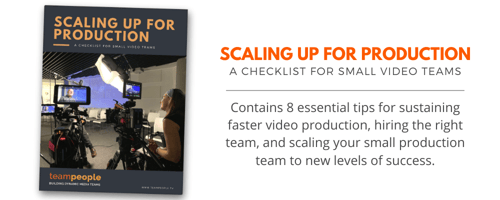Why You Need Actionable Business Intelligence to Develop Your Workplace Strategy
actionable business intelligenceWhen you’re developing a workplace technology strategy these days, you have a million aspects to consider:
- Is the technology accessible to the entire workforce across generational, geographic, and cultural boundaries?
- Is it easy to use, intuitive, and sophisticated – but not intimidating?
- Does it provide instant, usable data (not just a flood for the sake of data)?
You have a variety of methods available to figure out this strategy: Survey your population and hope you asked the right questions and that it gets completed accurately; stake out your conference rooms and record what goes on for a month; find a consultant who may or may not be versed in your particular needs.
Business technology investments are too important to just throw up your hands and settle for a solution that may not meet the needs of your team. We’ve designed AVI-SPL Symphony to provide the type of data that you need, the actionable business intelligence that will make a real difference in how you design, deploy, and manage your collaboration environment.
Actionable business intelligence – what Symphony provides – enables evidence-based decision making that translates into effective communication, collaboration, and unlocks real business value. It’s not a single report or a bunch of statistics: It’s a daily observance of what works, what doesn’t, and what engages your workforce. This long-term data allows you to track the changes in employee behavior with experimental equipment, see which manufacturer’s equipment is preferred (and which causes the most trouble), and determine the load that collaboration is placing on your larger network.
Employee preferences depend a lot on your workforce composition – age, gender, and location, among other factors. Often, the preferences in one locality don’t extend to others, leaving you with the possibility of supporting multiple types of equipment or standardizing on technology that leaves some users out. With Symphony’s analytics you can find those few items everyone agrees on and utilize them as the basis for building a collaboration solution that meets end user preferences and provides you with standards for the corporate environment.
Root cause analysis is invaluable for a variety of different applications for both your IT team and your AV team. Are jitter or poor performance caused by network issues or bad design choices? Is the network functioning, but your AV or UCC are configured incorrectly? Is your network great, but suboptimal equipment choices in your AV are causing a poor user experience? Without finding the real cause of any issue or set of issues, countless hours and dollars can be spent without improving the quality. Actionable business intelligence ensures that you can narrow in on the root cause of an issue, spending less time and resources spinning your wheels.
Symphony isn’t just a tool in your toolbox – it is a complete solution to the challenge of excellent user experiences with collaboration technologies. Actionable business intelligence gleaned from the deployment of Symphony on your networks will enable you to spend less time and effort while still receiving a better end user experience.
Contact us for a demo today. You can also demo these features at ISE 2020 at AVI-SPL booth 11-C155.




 to ensure complete coverage from a single enterprise delivery solution.
to ensure complete coverage from a single enterprise delivery solution. 